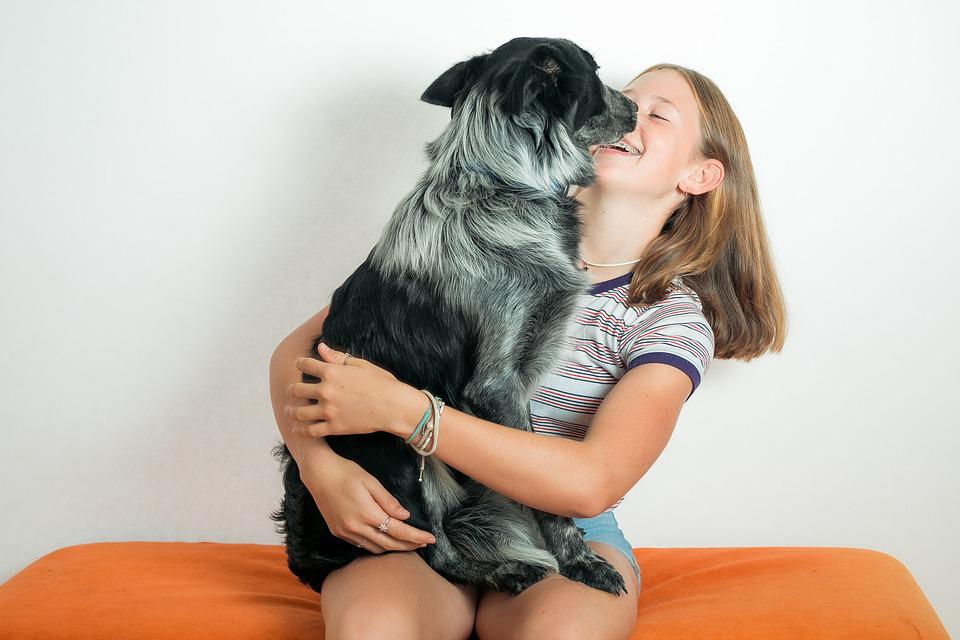
Below are some tips on the most common problems you may encounter and how to solve them:
He doesn’t come back when you call him
Although it may seem that your dog refuses to come back to you when you call him, the truth is that there is a lot going on in his brain that goes beyond any previous training.
Dogs in the wild naturally become bolder and more exploratory during this time, and our pet dogs are subject to the same internal influences.
If the dog still doesn’t come back to you when you call him, it’s a good idea to attach a long leash to his harness when he’s free: the length gives the dog the freedom to explore, but prevents him from running away completely. At this point, it is important to have some control, because a dog that does not come back when called is not safe. Not only could he upset or worry other dogs, people or animals, but he could end up in the middle of a road or chase a deer for miles.
Keep working on the dog’s recall, but start training in an environment where there are fewer distractions. It’s likely that this is only a temporary setback, and if you take plenty of time to re-train, you can hope that your dog will enjoy complete freedom again. For tips on recall, check out our video.
Behavior with other dogs
Even if you have socialized your puppy very well with other dogs, during puberty many dogs show a greater interest in interacting and playing with other dogs on walks, which is natural.
It is perfectly normal to meet, greet and play respectfully with other dogs, as long as all interactions remain polite and friendly. Your dog is still young and impressionable, and you must prevent him from developing a preference for seeking out and playing with other dogs on walks, as this would make it more difficult for you to influence his behavior.
It is always best to direct your dog’s play instinct towards playing with you and with toys. This way, you will be the most interesting thing in the park, not the other dogs! As with recall, you need to increase the dog’s desire to play and interact with you where there are fewer distractions, so it’s best to start at home.

